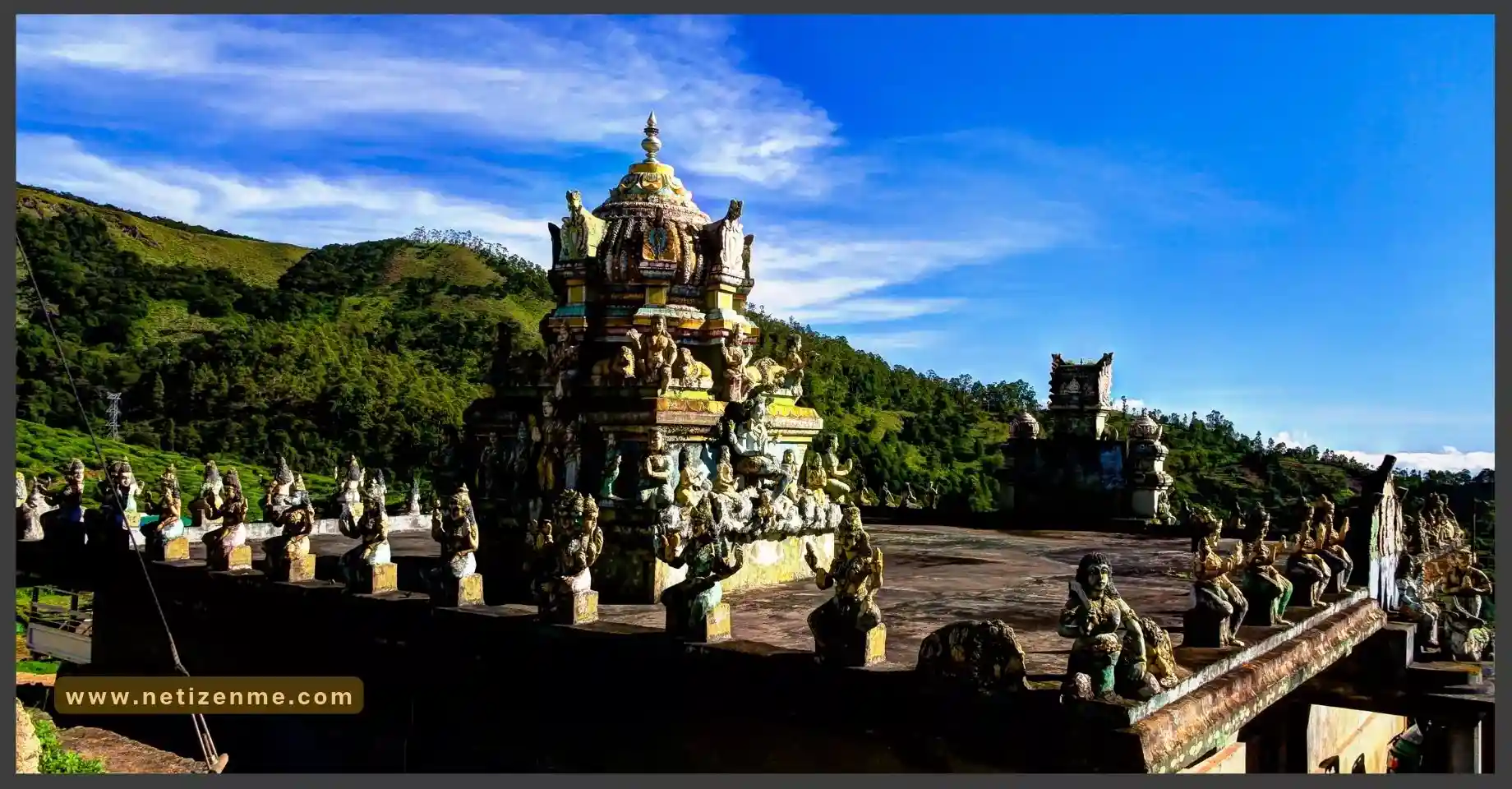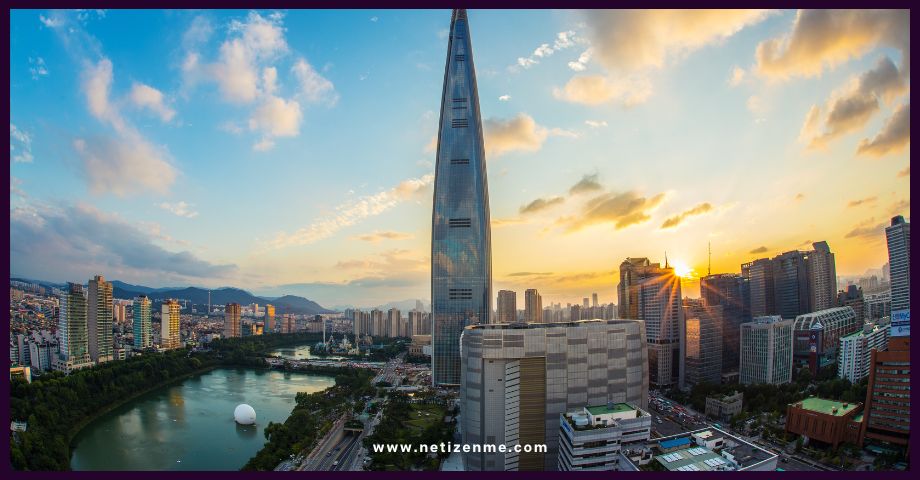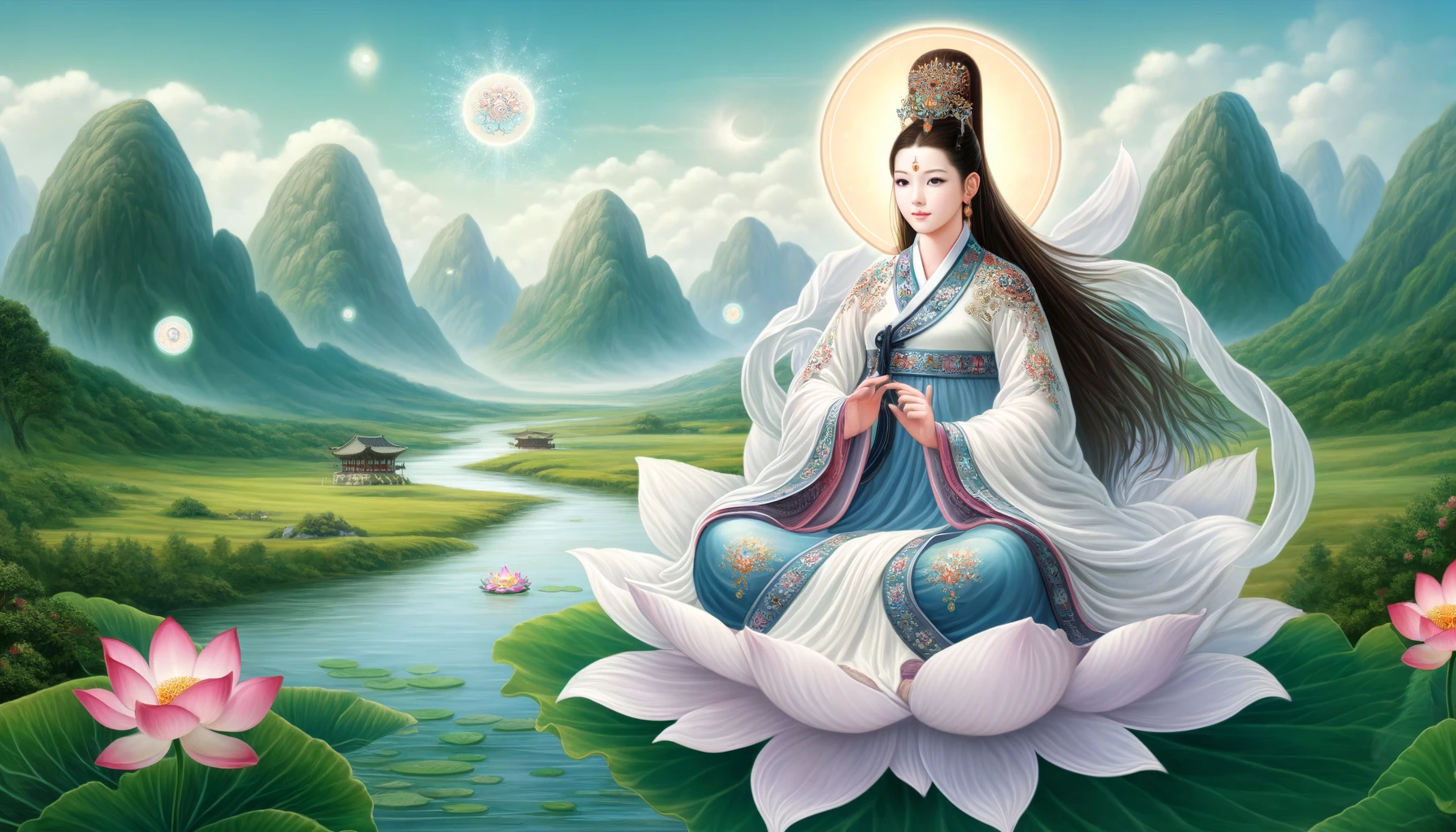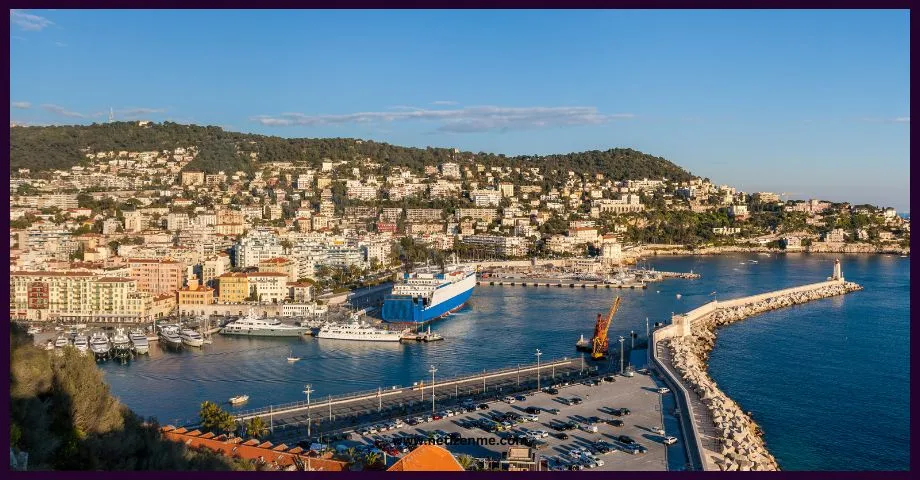Many religious sites and geographical locations are possible connections with this epic story of the Ram Ravana battle. Ashok Vatika, Ravana Falls, Ravana Cave, Seetha Amman Temple, and many more places are connected to the epic.
A Mythical Journey: Exploring Ramayan Trails in Sri Lanka
Ramayan trails in Sri Lanka fascinate those fond of the great Indian epic, Ramayan. For some travellers, believers of lord Rama, Ramayan trails in Sri Lanka are part of their pilgrimage. Ramayan is a famous Indian epic story about the Ram-Rawana battle. The Ramayan by Valmiki is one of the most epic pieces of literature. The places in Sri Lanka this literature refers to still carry the names related to the writing. There are many locations in the hill country of Sri Lanka where Ramayan literature left imprints. Some places are now shrines for divine princess Seetha and Prince Rama.
Ramayan Story
Ramayana is one of the two major Sanskrit epics of ancient India. The epic, traditionally ascribed to the Maharishi Valmiki, narrates the life of Rama, the legendary prince of the Kosala Kingdom and his epic battle with Ravana, the great king of Lanka. There have been many attempts to unravel the epic’s historical growth and compositional layers; various recent scholars’ estimates for the earliest stage of the text range from the 7th to 4th centuries BCE, with later stages extending up to the 3rd century CE.
Ramayan Trails in Sri Lanka
Rawana Waterfall
Ravana Falls is a famous waterfall in Sri Lanka, named after the king of ancient Sri Lanka, Ravana, who abducted Princess Sita following a dispute with her husband, Ram. The waterfall is approximately 25m high and cascades into a large, deep pool. Indeed, It is a breathtakingly beautiful waterfall with a massive water flow during the rainy season, but the falling water decreases rapidly during the dry season.
How do I get to Ravana Falls?
Generally, most Srilankan waterfalls are hard to reach by vehicles, and you need to walk steep pathways away from the main roads to see those beautiful waterfalls. But interestingly, Ravana Falls is located just by a transit route and, therefore, is easily accessible. But visitors always surround this beauty. And everyone would stop their vehicles for a minute or more to enjoy this fantastic view before heading there.
Nil Diya Pokuna
According to folklore, there is a hidden passage from Ashok Vatika to this waterfall. It let Princess Sita visit the waterfall. Explorers recently found a secret water pond near this waterfall. They believe she bathed the “Nil Diya Pokuna” Blue Water Pond.
Ashok Vatika
Valmiki wrote much about the Ashok Vatika, the Ashok tree jungle where they kept the princess. People believe Ashok Vatika is the present-day Hortain Plains National Park where Ashok flowers still bloom. Meanwhile, some think it’s the Hakgala Botanical Garden in the area known as Seetha Eliya, close to the famous city of Nuwara Eliya.
Where is Ashok Vatika in Sri Lanka?
The garden is situated at the base of the Hakgala Rock forms and has Sita Pokuna, a barren area atop the Hakgala Rock Jungle.
Ashok Vatika, a garden located in the kingdom of the Rakshasa king Ravana, holds significant mention in Hindu scriptures such as the Vishnu Purana and the epic Ramayana. This sacred garden, surrounded by meticulously crafted houses built by the divine architect Vishwakarma, played a pivotal role in Ramayana’s narrative.
Ravana’s wife, Mandodari, sought solace in this enchanting haven and met with various significant epic characters. It was also the place where Hanuman, the mighty devotee of Lord Rama, had his first encounter with Mandodari. Hanuman presented Mandodari with Rama’s finger ring to establish his identity and allegiance.
Adding to its mystique, the Ashok Vatika is adorned with Ashoka trees (Saraca asoca), earning the name Sita-Ashok due to its association with Sita, the noble consort of Lord Rama. Sita sought refuge in Ashok Vatika until the epic battle between Rama and Ravana concluded.
The tale of Ashok Vatika stands as a testament to the rich mythology and profound symbolism within the Ramayana, capturing the hearts and imaginations of countless devotees and readers alike.
Get your eSim to browse the internet without paying a lot for roaming while you are in Sri Lanka.
Nuwara Eliya
In the epic story, there is a chapter about Hanuman, the monkey king, burning a city while escaping capture. According to the folklore about the origin of its name, Nuwara Eliya was that town. Nuwara Eliya means city light; perhaps the light represented the burning fire.
Seetha Amman Temple
Situated approximately 1 kilometre from Hakgala Botanical Garden and 5 kilometres from Nuwara Eliya, the Seetha Amman Temple holds a significant place in the village of Seetha Eliya (also known as Sita Eliya). This revered temple is believed to be where Sita, the noble consort of Lord Rama, was held captive by the mighty king Ravana in the Hindu epic, Ramayana. Here, Sita fervently prayed each day, yearning for Rama’s arrival to rescue her from her plight.
Adding to this place’s mystical aura, one can observe circular depressions on the rock face across the stream, which are believed to be the footprints of Lord Hanuman. These marks are a poignant reminder of Hanuman’s presence in this sacred land.
The Seetha Amman Temple, enveloped by its breathtaking surroundings, stands as a testament to the enduring legacy of the Ramayana. It serves as a place of reverence and pilgrimage, attracting devotees and visitors who seek to immerse themselves in the ancient tale of love, devotion, and triumph.
Munneswaram Temple
According to a Tamil legend, the present-day Munneswaram temple is situated at a place where King Rama prayed to Siva after his war with the Ravana. Moreover, the temple is one of the ancient Pancha Ishwarams dedicated to Shiva in Sri Lanka.
The Seetha Amman Temple is a place of historical significance and a hub of vibrant festivities. Among the prominent festivals celebrated at this temple are Navarathri, a nine-night festival dedicated to worshipping the divine feminine, and Sivarathri, a night-long observance honouring Lord Shiva.
The temple complex comprises five distinct temples, including a Buddhist temple, creating a harmonious coexistence of faiths. The central temple, dedicated to Lord Shiva, is the largest and most revered among Hindus, attracting many devotees. There are temples dedicated to Lord Ganesha, Ayyanayake, and Goddess Kali. Interestingly, the Kali temple also holds popularity among Buddhists, showcasing the intermingling of traditions and beliefs.
The Seetha Amman Temple complex serves as a testament to the inclusive spirit and cultural diversity of Sri Lanka. It welcomes devotees and visitors of different faiths to partake in the spiritual atmosphere and immerse themselves in the reverence of the deities worshipped within its sacred walls.
Divurumpola (Agni Pariksha) Temple
Divrumpola temple is a Buddhist temple and a leading Hindu religious site. Locals identify this location as where the fire ordeal (Agni pariksha) occurred. There are paintings on the temple walls of events in Sri Lanka related to the Ramayana.
Legend has it that when doubts about Sita’s chastity arose in Rama’s heart, she courageously underwent a trial by fire, known as Agni Pariksha. With unwavering faith and determination, Sita fearlessly stepped into a blazing pyre, proclaiming that if she had remained faithful to Rama, the fire would not harm her. Miraculously, she emerged unscathed from the inferno, with Agni, the fire god, as evidence of her purity.
In specific versions of the epic, a captivating twist unfolds. The fire-god Agni, displaying his mystical powers, creates a divine illusion of Sita known as Maya Sita. This ethereal doppelgänger takes Sita’s place and becomes the target of Ravana’s abduction and subsequent captivity. Meanwhile, the honest Sita seeks refuge within the sacred flames concealed from the world. Eventually, the moment arrives when Sita, after undergoing the Agni Pariksha, and Maya Sita exchange places again, restoring divine order and reaffirming Sita’s unblemished character in the eyes of Rama.
This tale, shrouded in enchantment and profound symbolism, continues to captivate the imagination, highlighting Sita’s unwavering devotion and her ultimate vindication through the transformative power of fire.
Sri Bhakta Hanuman Temple
According to the locals, this temple is built on the location where Hanuman rested amidst his search for Sita. Swami Chinmayananda and his Chinmaya mission built the present-day temple. Moreover, the 18 feet tall Hanuman statue located here is the tallest of Hanuman statues in Sri Lanka.
Sita’s Court
Located in a scenic setting, Sita Kotuwa (Sita’s court) is an archaeological site associated with the Ramayan epic tale. The locals believe this is one of the places the princess was kept before moving to Ashok Vatika.
This article is written by:
This article is written and edited by in-house writers and editors. Knowledge Netizen editorial team is committed to providing accurate and informative content. You can cite our articles under the author name "NetizenMe"







